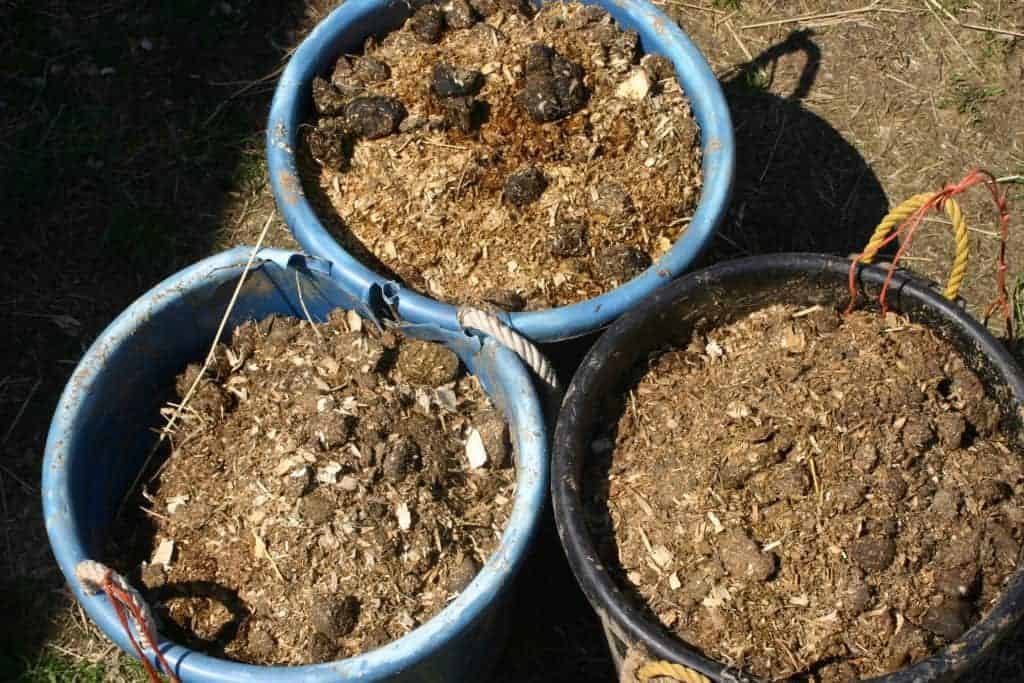
Creating Hardened Surfaces in Horses’ High-Traffic Areas
Owners should consider creating surfaces that minimize pastures damage and reduce horse health risks.

Owners should consider creating surfaces that minimize pastures damage and reduce horse health risks.

Horse owners share their tips for reusing select items to save money around the barn.
Especially in the summer months, odor smells in gravel or sand paddocks can get pretty intense–a real concern if you have neighbors close by. Plus,

Having your horse property set up efficiently will make your horse life easier and will give you peace of mind to head out on vacation.
Steps to take after heavy rains to prevent further soil loss, erosion, forage loss, and pasture damage.

As some of the world’s top three-day event riders prepare to head out on cross-country at the 2011 Rolex Kentucky Three-Day Event this weekend, they’ll be looking closely at the footing on which their horses will perform.
While it may seem a little early to be thinking about dust, mud in the winter becomes dust in the summer. If you had muddy

One of the best ways to control mud from building up in horse paddocks is to have a good manure management program.

Mud = yuck! At this time of the year mud becomes a common occurrence in many horse paddocks until summer when things dry out.
Every owner wants to provide the safest conditions for his or her equine athlete, but the lack of information on artificial arena surfaces makes it difficult to arrive at the best footing choice.

From arena footing to walking paths, the Kentucky Horse Park improvements put the horse first.
When it comes to issues affecting California racing, nothing supersedes track surfaces. While panelists at the Thoroughbred Owners of California (TOC) summit meeting Feb. 13 at Santa Anita first spoke about the failing economic model of the sta
Most farmers can identify with myriad problems associated with mud forming around high-traffic areas, including areas around horse and cattle waterers, feed bunks, round bale feeders, walk paths, and gate entrances. Mud is usually a result of
State-of-the-art track maintenance equipment in use for less than two weeks on Arlington’s Polytrack course has already led to positive feedback from local horsemen.
“I haven’t heard any criticism at all,” said Tony Petrillo, Arlington’s
More than 1,250 readers of TheHorse.com responded to a poll asking, “What kind of footing does your riding are
Until now, most epidemiologic studies on track surface type and injury rates have been confounded by varying conditions at different track locations, said Setterbo. He presented the results of a study conducted at a single racecourse
Stay on top of the most recent Horse Health news with
"*" indicates required fields